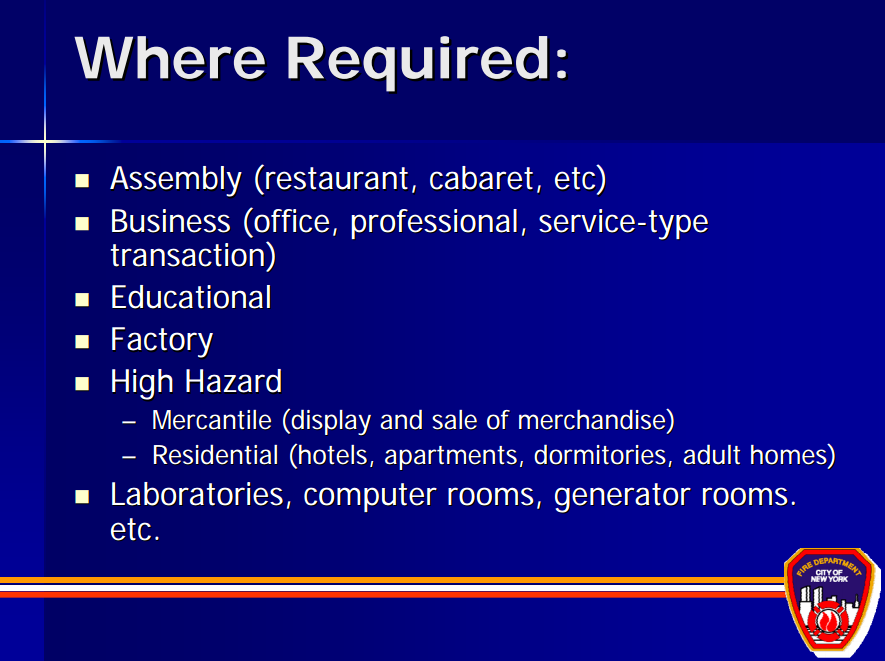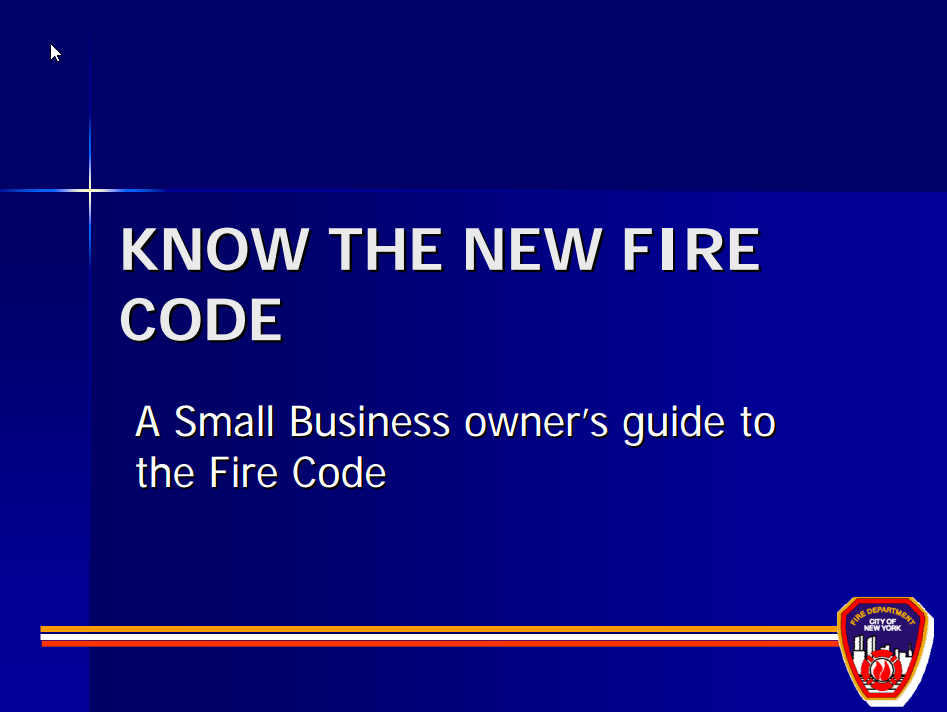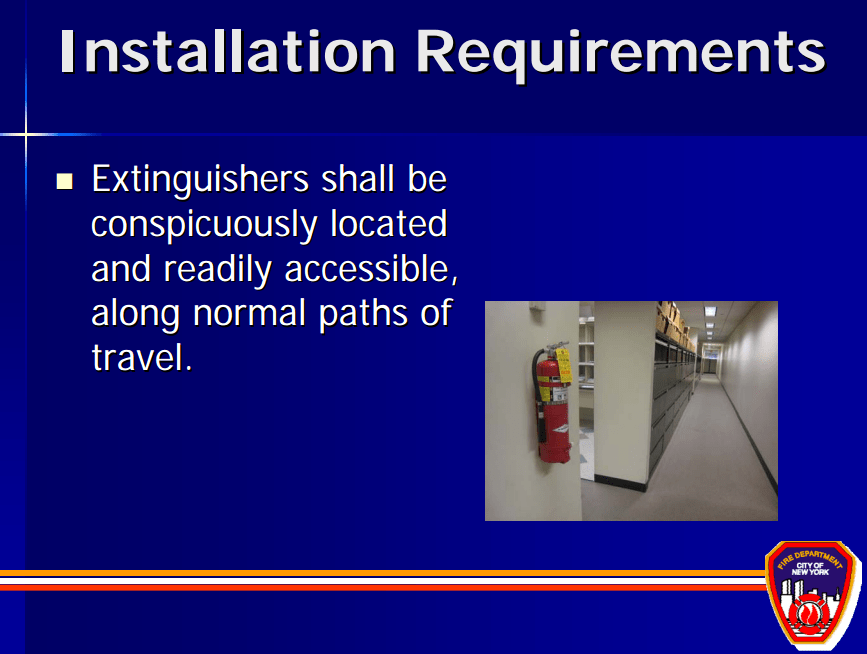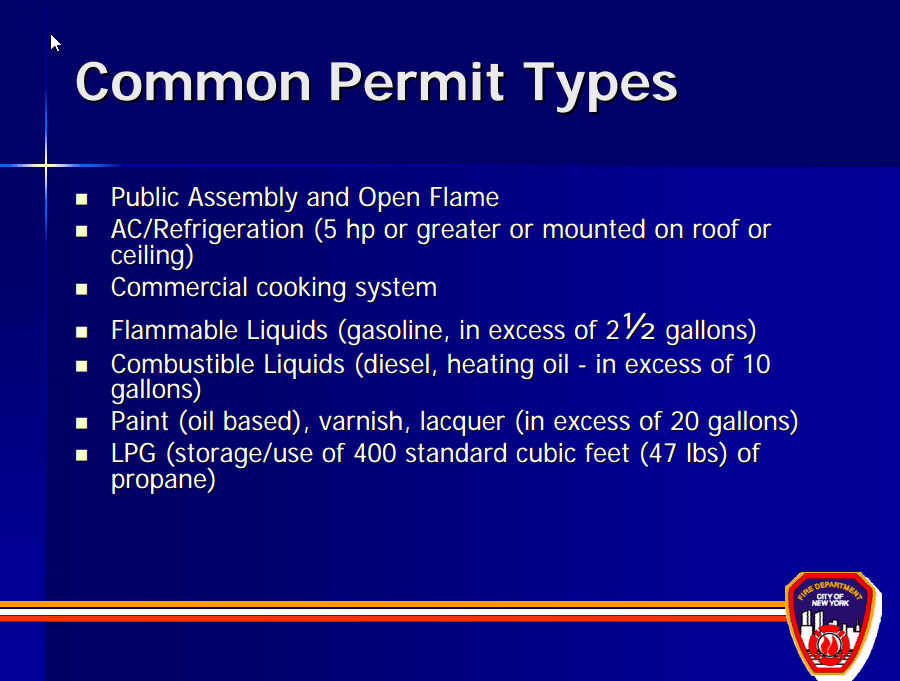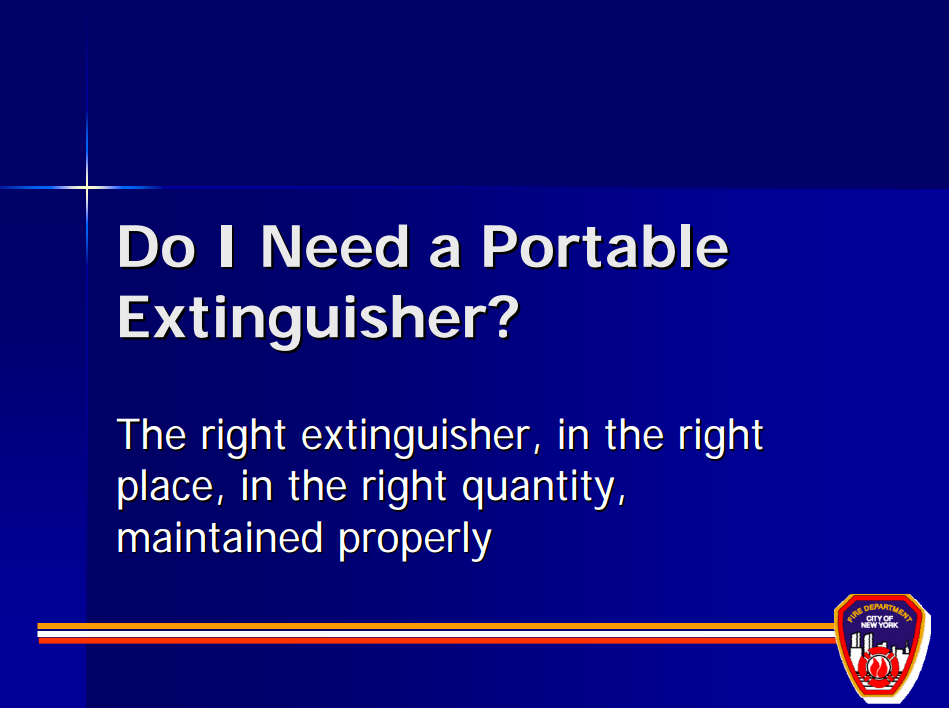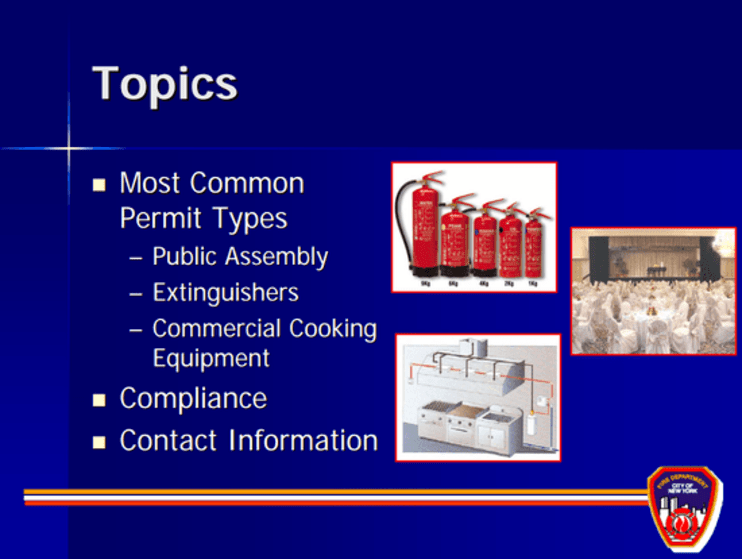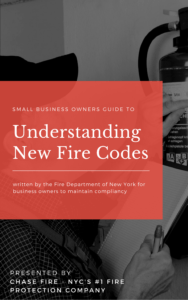Get a Free Quote
Frequently Asked Questions About Fire Extinguisher Services
The main reason to keep your fire extinguisher serviced is that it is in working condition in the event of an emergency. You wouldn't want to try to put a fire out to find out that the fire extinguisher doesn't have any pressure in it. That is why when we service fire extinguishers in NYC we properly test them, check the pressure levels and then recharge or refill them when necessary. Aside from that, your insurance company and the FDNY mandates that fire extinguishers are inspected yearly to ensure they are fully serviced. Failure to have your fire extinguishers serviced can result in fines, closures to your business and suspension of i
The FDNY requires yearly tags from fire extinguisher inspections on your fire extinguishers to ensure they are in good-standing condition forbid there was a fire on your property. Some businesses and construction sites require monthly inspections to comply with their insurance.
The Fire Department does not service fire extinguishers, they will perform fire safety inspections on your premises in which the fire extinguishers present must have an up-to-date (within 1-year) fire inspection tag from a certified fire extinguisher inspection service company like Chase Fire.
- Perform and visually inspect the fire extinguisher for corrosion, rust, dents, and damage.
- Ensure that the extinguisher has not been used and is still pressurized, by checking the following:Safety pin and tamper seal are still in their placesPressure gauge reading is full — in the green area. (This is not applicable for Co2 fire extinguishers.)
- Check that the operating instructions on the extinguisher are clear, legible and unobstructed by damage or coverings.
- Removal of the discharge hose and checking for blockages and corrosion.Once the discharge hose has been removed replacement the ‘O' ring is put in place.
- Weighing of the extinguisher.If there is more than a 10% weight loss, investigate and recharge.
- Wipe down the extinguisher.
- Ensure that the wall mountings are secure and in good condition, and properly placed with clear identification before replacing the fire extinguisher back on the wall.
- Updating the annual fire extinguisher inspection tag to accurately reflect the state of the extinguisher and the length for which it should be fire-ready for.
- Hydrostatic Testing
- Proper Signage and Clear, Clean Instruction Visibility
- Code Compliance

Adam M.

Carol O.

Anna
Anna V.

Jay S.
Jay S.

Josh C
Josh Cohen

Ever A.
Queens DC

Jack T
AMCOC
Fire Extinguisher Services Provided by A Leading Company in NY, NJ and Long Island
- Standard ABC Fire Extinguishers
- CO2 (Class C) Fire Extinguishers
- Halotron/Clean Agent Fire Extinguishers
- Dry Powder (Class D) Fire Extinguishers
- Automatic Fire Extinguishers
- Wheeled Fire Extinguishers
- Class K Fire Extinguishers for kitchen fires involving cooking oil, grease and/or fats
- Fire Extinguisher Covers and Stands
- Fire Extinguisher Cabinets
- Spot Protection Fire Extinguishers
FIRE EXTINGUISHER SERVICE IN NYC, NJ & LONG ISLAND
- Fire Extinguisher Install, Design & Setup Service
- 6-month & Yearly Fire Extinguisher Inspection Tags
- Hydro-Static Testing
- Fire Extinguisher Refills & Recharges
- Six-Year Teardown
- Fire Extinguisher Testing, Audit & Survey System
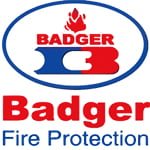
We stock Badger Fire Safety Products
Call for more info
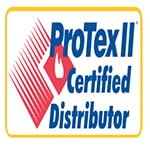
Protex II Distributor
Call for more info
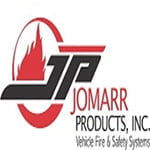
We carry vehicle fire safety equipment
Call for more info
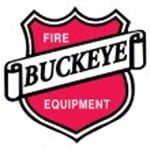
We carry Buckeye Fire Equipment
Call for more info
SERVICING ALL TYPES OF FIRE EXTINGUISHERS IN NYC, NJ & LONG ISLAND
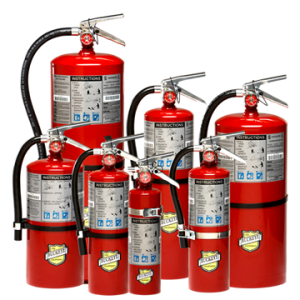
ABC Dry Chemical
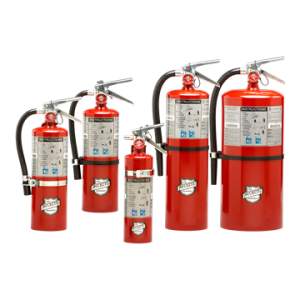
Standard Dry Chemical
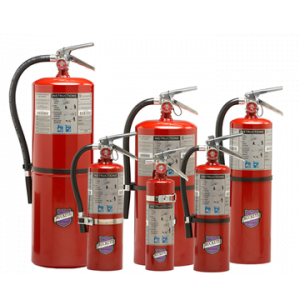
Purple K Dry Chemical
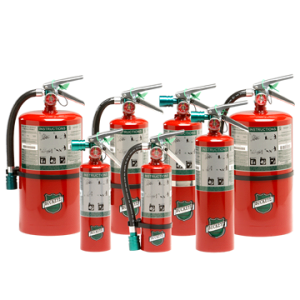
Halotron/Clean Agent
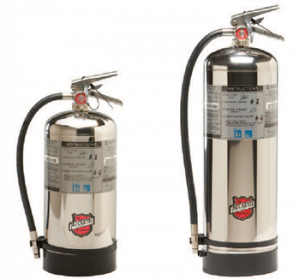
Wet Chemical - Class K
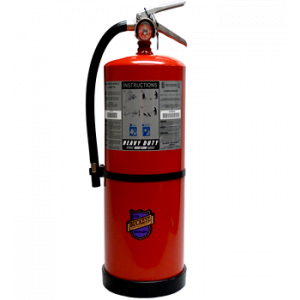
Heavy Duty High Flow
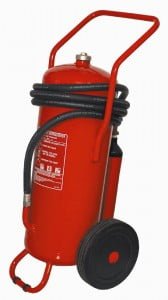
Wheeled Fire Extinguisher
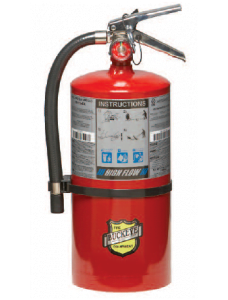
High Flow
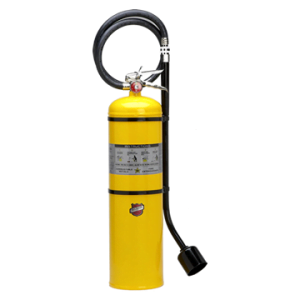
Combustible Metals - Class D
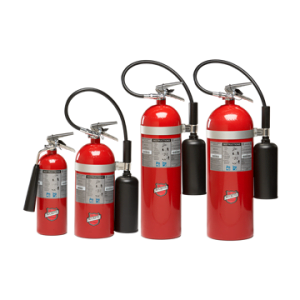
Carbon Dioxide - CO2
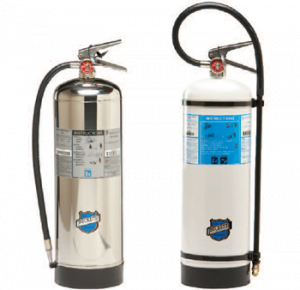
Water and Water Mist
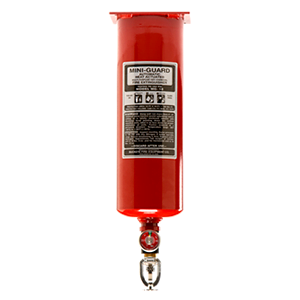
Spot Protection Extinguisher
FIRE EXTINGUISHER FEATURES
- Manufactured to meet UL’s rigorous standards for commercial hazard protection and backed by our manufacturer’s warranty.
- Rechargeable.
- Anodized metal & brass valve assemblies for superior strength and corrosion resistance.
- Industrial grade steel & aluminum cylinders with polyester powder coating designed to withstand harsh environments & rough usage.
- Metal pull pins, vehicle brackets and wall hooks for extended unit service life.
- The extinguisher nameplate incorporates bilingual operating and maintenance instructions. Available in English/Spanish & English/French.
- Color-coded gauges show operating status at-a-glance.
- Extinguishers have model and serial number bar coding for easy and accurate maintenance history.
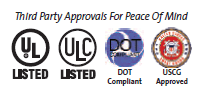
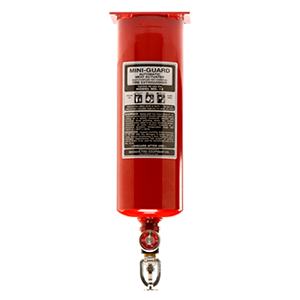
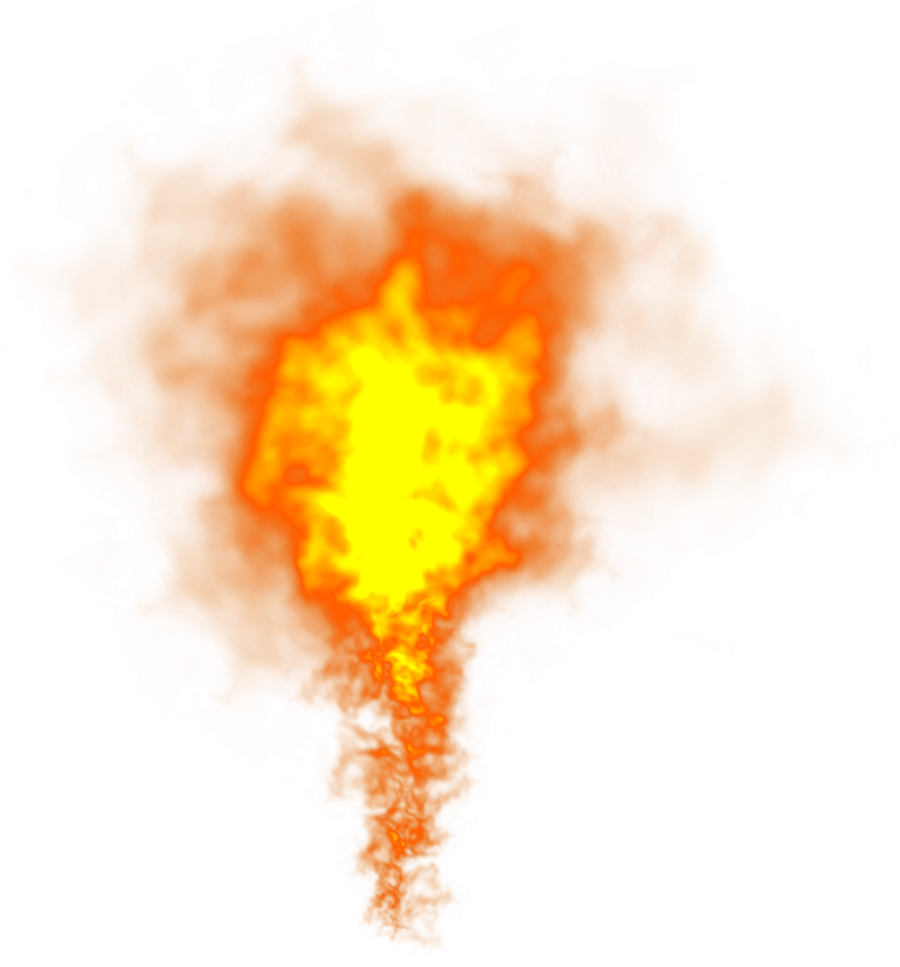
Automatic Spot Fire Extinguishers
A spot protection fire extinguisher can be horizontally or vertically mounted and acts as a single unit source with automatic action against fire targeted at a specific area.
Designed to supply supplementary fire protection for some local and total flood applications, MINI-GUARD is designed, tested and constructed to the same high standards as portable extinguishers.
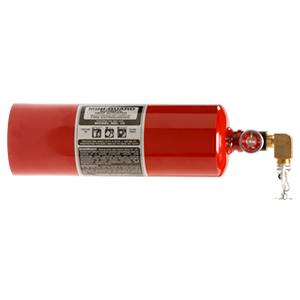
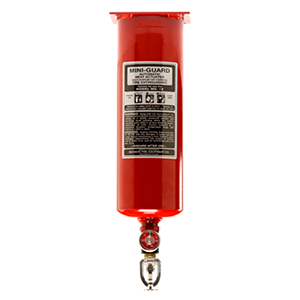
The starting point in selecting the proper fire protection system is considering the type of fire threat that your business most likely faces, and thus the type of extinguishing agent you would need to combat it.
DID YOU KNOW? FIRES CAN BE CLASSIFIED IN THREE WAYS:
TYPES OF FIRE EXTINGUISHERS

Adam M.

Carol O.

Anna
Anna V.

Jay S.
Jay S.

Josh C
Josh Cohen

Ever A.
Queens DC

Jack T
AMCOC
HOW-TO PROPERLY OPERATE A FIRE EXTINGUISHER
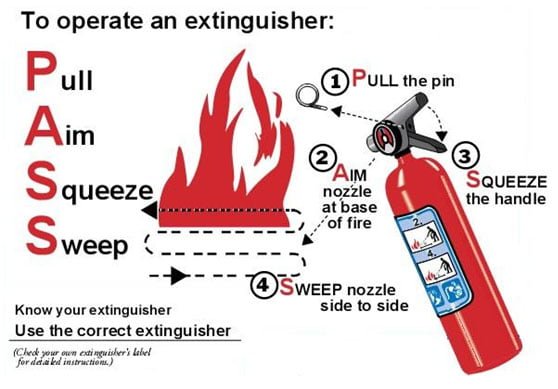
How to properly use a fire extinguisher



